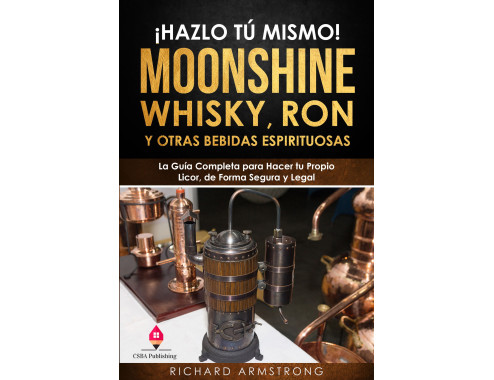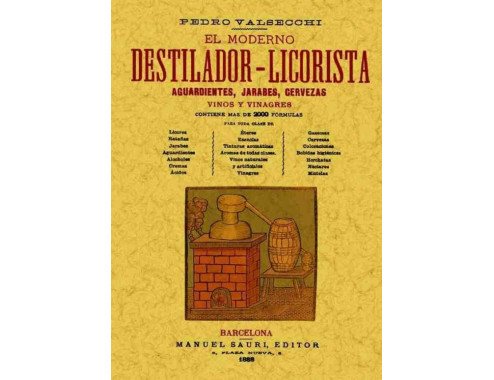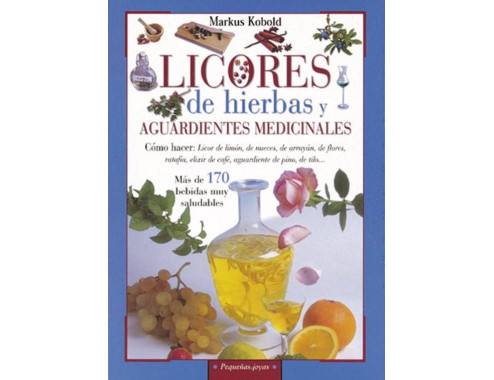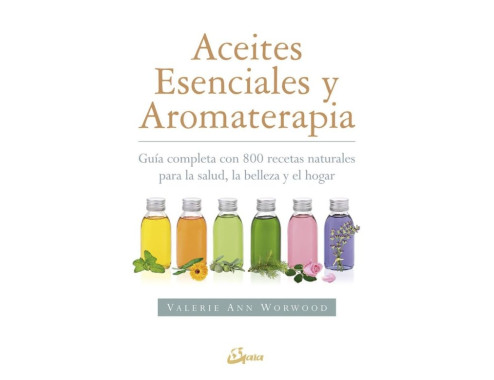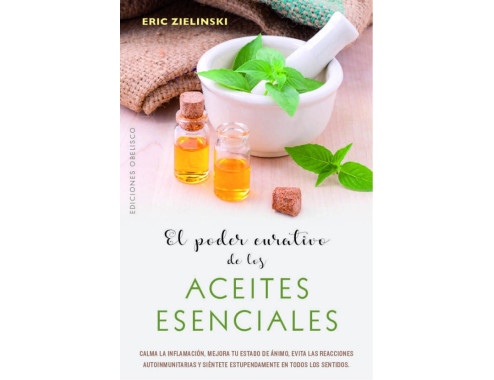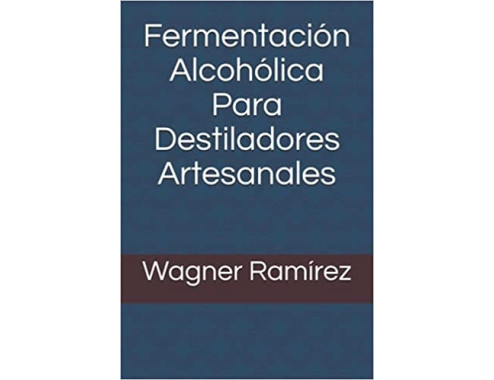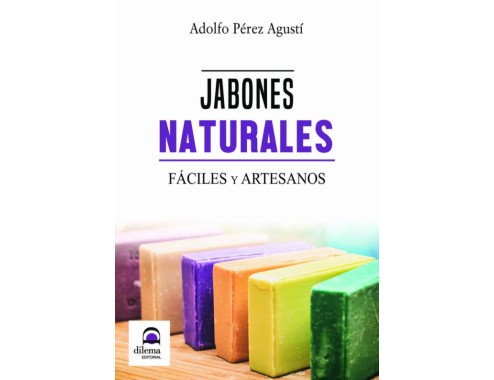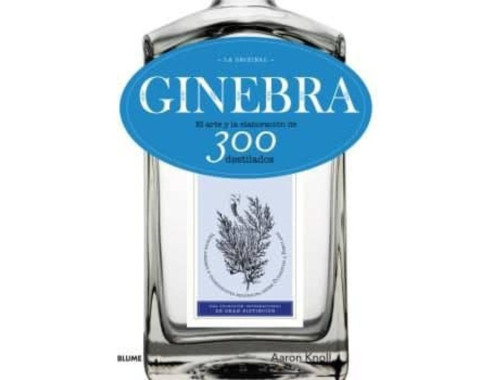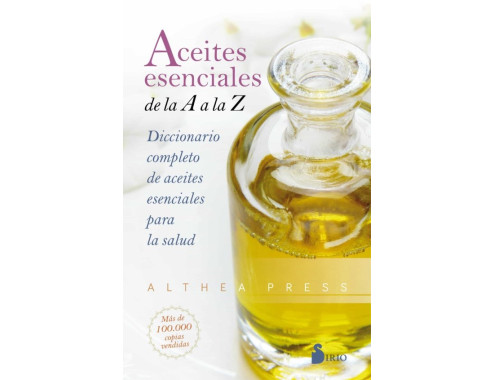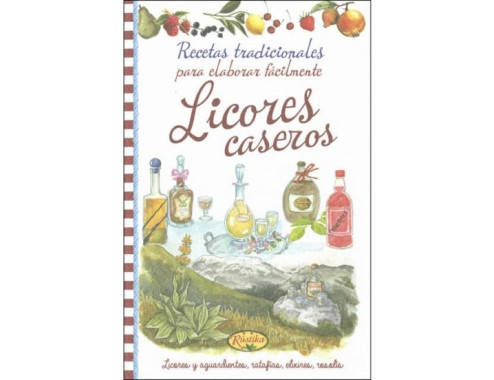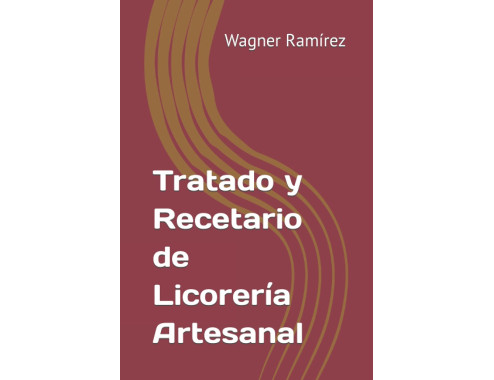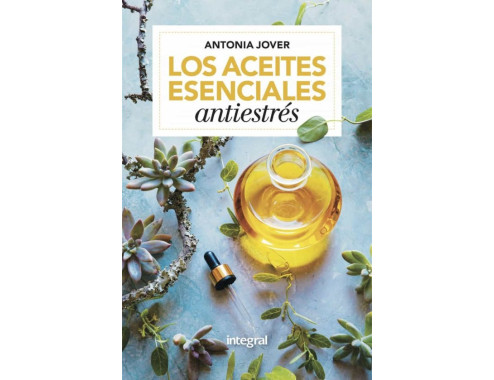
Next, we will share a technique for preparing high-quality homemade liqueurs, which can become a craft activity and a source of income.
It is important to follow the rules and use logic when combining flavors. Both ethyl alcohol and cereal liqueur are valid options, although cereal liqueur has a milder aroma and a slightly lower alcohol content, ranging from 90º to 93º.
It is essential to be bold and experiment with combinations of herbs to obtain digestive and refreshing liqueurs.
Homemade liqueurs are often more enjoyable when served cold, with ice.
They can be dry and digestive or sweet and creamy. Some examples of digestive liqueurs are lemon verbena, mint, lemon balm, and chamomile.
It is important to shake them before serving so that the liqueur adheres to the walls of the bottle.
Furthermore, adding liqueur to ice cream acts as a preservative and prevents crystallization.
Mixtures can be prepared with fruits, herbs, sweets, chocolate, among other ingredients, and left to macerate in alcohol for the necessary time.
If there is no time available, the essence can be kept tightly closed to finish preparing at another time.
Extracts can last for years without deteriorating. On the other hand, the syrup should boil for 5 or 10 minutes, without stirring.
It reaches a temperature of 110º or 112º. It is prepared the day before, cooled, and added to the extract. As for filtering, it is necessary to be patient, especially with creamy liqueurs, as it can take several hours.
It is recommended to filter using a large strainer with a layer of cotton and additional cotton to obtain a crystal-clear liqueur. A woman's nylon stocking and gauze can also be used for filtering.
It is important to carry out this process during the waning phase of the moon to achieve better results. The filtering can be repeated as many times as necessary.
Homemade liqueurs can last up to 15 years if properly preserved and avoiding frequent bottle opening, as the alcohol will evaporate.
Therefore, it is advisable to package them in small bottles to preserve their strength and flavor.
It is recommended to use cork stoppers or metal screw caps.
Finally, it is necessary to strain and filter the liqueurs to remove impurities.
To clean the containers, chlorine, coarse salt, soap, and rinsing with alcohol can be used.
Homemade liqueurs can be prepared for personal consumption, as gifts, or even for sale.
It is not necessary to have specialized utensils, as they can be purchased at drugstores or pastry shops.
In summary, the artisanal production of liqueurs is an accessible activity for anyone interested in exploring this exciting world.



